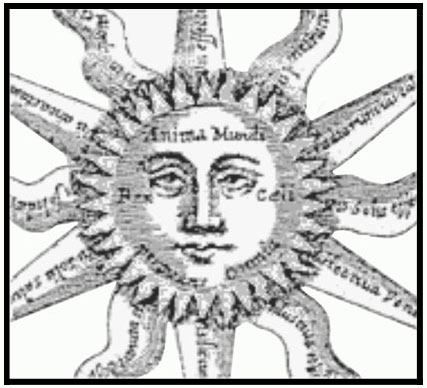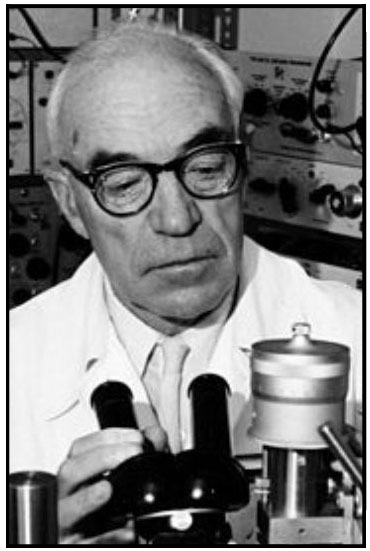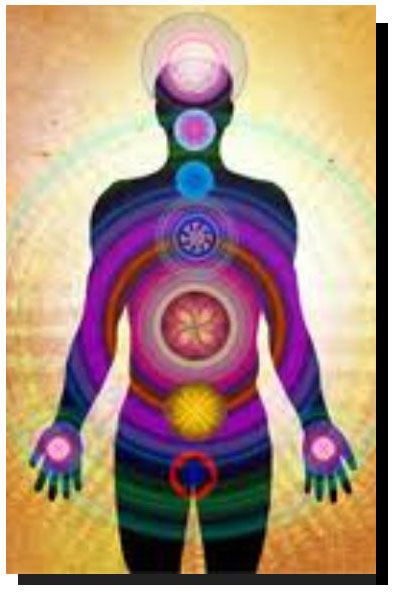Mind-Body Problem
David Chalmers, Australian philosopher and cognitive scientist, introduced the expression "the hard problem" to refer to the deepest issue of the philosophy of mind: “how is it possible that a ‘material’ system such as the human brain/body gives rise to subjective experiences of the mind?” “Why do we vividly feel experiences of the world?” No theory of the mind can explain this fundamental fact, even physics, chemistry or biology can explain our subjective feelings. Dr. Chalmers concludes, "It is these phenomena, often called qualia, that pose the deep mystery of consciousness." A variety of approaches have been proposed. Most are either dualist or monist. Dualism maintains a rigid distinction between the realms of mind and matter holding a belief that reality consists of both fundamentally mental and fundamentally physical elements. Monism maintains that there is only one unifying reality (substance, essence, or Spirit) in terms of which everything can be explained. There are three ‘flavors’ of Monism: 1) Physicalists believe reality is fundamentally material, 2) idealists believe reality is fundamentally mental, and neutral monists believe reality consists of elements that are neither fundamentally physical nor mental (sly way for academia not directly saying ‘Spirit’).
According to Baruch Spinoza, the mind and the body are dual aspects of Nature or God, which he identified as the third substance. Bertrand Russell hailed Neutral Monism, as an ontology, as the "supreme maxim in scientific philosophizing" (Russell's personal brand of Neural Monism was called ‘Russellian monism’). English philosopher G.E Moore maintained that Neutral Monism such as Russell's philosophy is flawed due to a misinterpretation of facts (eg, the concept of acquaintance). Chalmers has been known to express sympathy toward neutral monism. In ‘The Conscious Mind’ (1996) he concludes that facts about consciousness are "further facts about our world" and that there ought to be more to reality than just the physical. Stephen P. Stich, Distinguished Professor of Philosophy and Cognitive Science, Rutgers University, claims that neutral monism has not been a popular view in philosophy as it is difficult to develop or understand the nature of the neutral elements. “3rd-Person
View” When third-person cognitive scientists query Chalmers “how do you know there is subjective experience in the first place?, ”Chalmers replies, “it is a given, a fundamental fact we have to accept. It is the very fact that brought us the idea of consciousness! Without it, we would never have discovered thoughts and feelings existed”.
That query illustrates the Third Person’s worldview: human cognition is similar to a machine and there is no intrinsic consciousness or intentionality. The host of cognitive science research projects – perception, attention, formation of knowledge, memory, thought, reasoning, 'computational' problem solving, decision making, etc. – that compare human being to computers does have merit and has achieved greater understanding and mimicking of the brain’s cognitive abilities (in 2016 Google's DeepMind AlphaGo artificial intelligence (AI) program beat South Korea's Lee Se-dol, "The Strong Stone" – the ‘Sputnik Event’ that China did not ignore). But up to a point. Taking a “mechanical stance” towards human beings has its limitations and, in the end, the third-person cognitive ‘academic alliance’ knows fully well that humans have consciousness. In the hard-nosed world of cognitive science, the burden of proof is on those who believe in a soul for science has convincingly "proved" there is no such thing. Huston Smith, past American scholar of religious studies, argues science cannot proclaim ‘truth claims' regarding things that fall outside its domain, neither for nor against. Science has limited itself to what can be perceived with the senses and the soul is beyond this. “Hard-nose” science is "narrow science” meaning that the natural sciences currently allow evidence only from the lowest ‘F1' realm of consciousness, the sensorimotor (the five senses and their extensions). There are other avenues of knowledge that can be pursued, such as introspection, mystical experience, every psychic perception. In regard to spirituality or mysticism, Chalmers wants to stay clear for he explicitly states: "There is nothing particularly spiritual or mystical about this theory - its overall shape is like that of a physical theory, with a few fundamental entities connected by fundamental laws." Those trained in transcendental disciplines don't see how he can avoid it. Panpsychism Recent interest in the hard problem of consciousness has revived interest in panpsychism - a class of theories that believe consciousness is universal feature of reality. If one believes in panpsychism then one believes that sentience always existed with matter and thus never emerged at a point in time – always co-present. If one does not believe in panpsychism then one believes that sentience at one point in time emerged from insentient matter or from something non-physical. Panpsychism is one of the oldest philosophical theories and has been recognized by many philosophers including Thales, Plato, Spinoza, Leibniz, William James, Alfred North Whitehead, Bertrand Russell, and Galen Strawson. In regard to Monism some neutral monist theories are panpsychist and some panpsychist theories are neutral monist, however, the two don't always overlap. In the 19th century, panpsychism was the default philosophy of mind in Western thought, but it saw a decline in the mid-20th century with the rise of logical positivism. Souls and
God
The statement by John C. Eccles, Australian neurophysiologist
and philosopher who won the 1963 Nobel Prize in Physiology or Medicine, exactly accords with this
position: Wilder Penfield, a world authority on brain surgery, says,
"Scientists now can believe in the existence of souls without hesitation" and
concludes: Wisdom
Traditions For many cognitive scientists and various materialists, "mind" means "brain" and "body" means organism. In the wisdom traditions, a "body" means a mode of experience or energetic feeling. In solving or ‘dissolving’ the Mind-Body problem Ken Wilber, Integral Theory founder, adopts a Vedanta (Hindu)-Vajrayana (esoteric Buddhism) view and states that there are three bodies and experiences: physical, subtle and causal that correlate with the three states of waking, dreaming and deep sleep (clairvoyant research has refined "bodies" of consciousness view: physical, etheric, astral, mental, causal and spiritual). Philosophers would call this ‘bodies’ "phenomenological realities" or realities as they present themselves to our immediate awareness. From the esoteric Hindu writings such as the “Doctrine of the Three Bodies” the human being is composed of three shariras or 'bodies': ● Gross Body (Sthula Srira) – the material
physical mortal body that eats, breathes, grows and moves. AQAL
Map
The Origin of Consciousness in the Breakdown of the Bicameral Mind: Consciousness Summary Scientific American: "How to be a Mystical Skeptic". Interview with psychologist Susan Blackmore z
|


.jpg)



